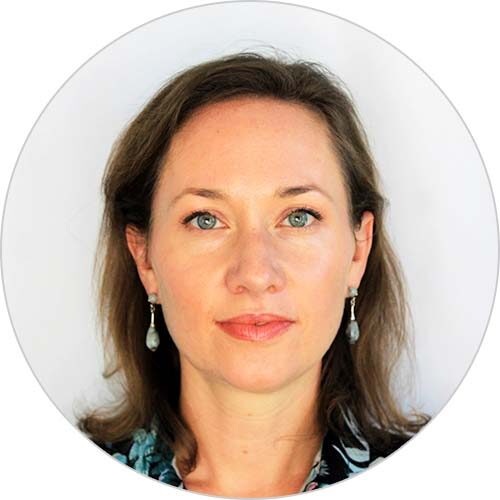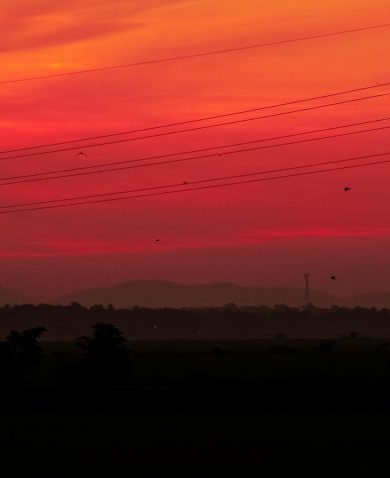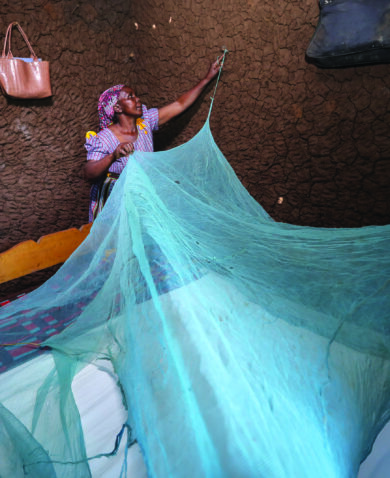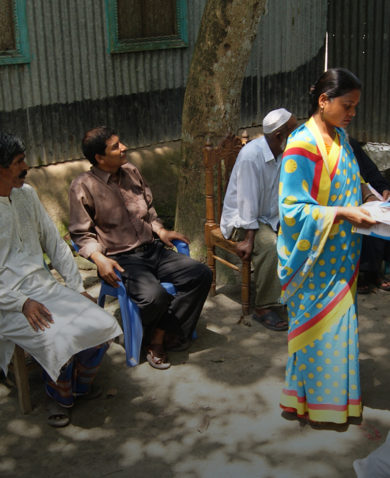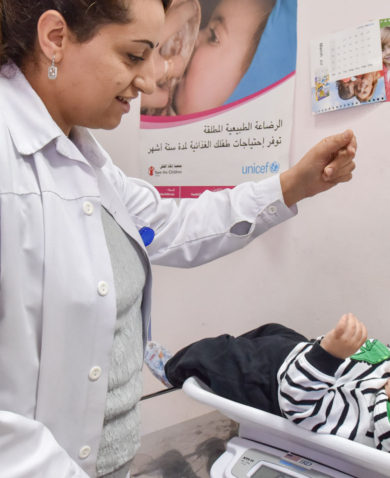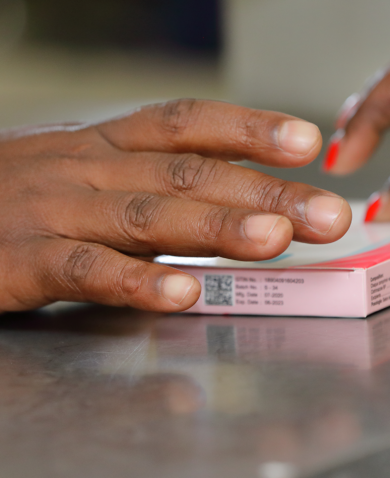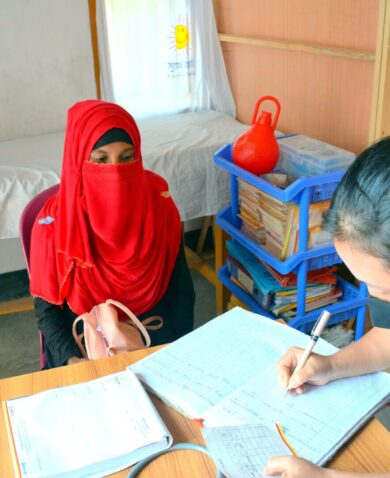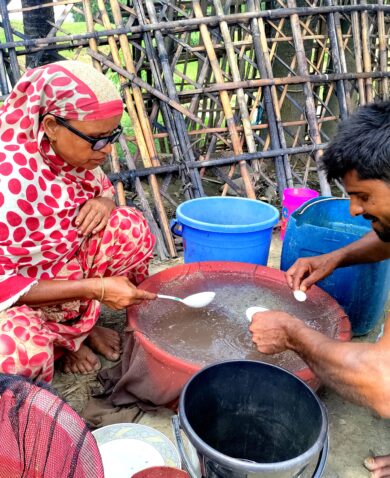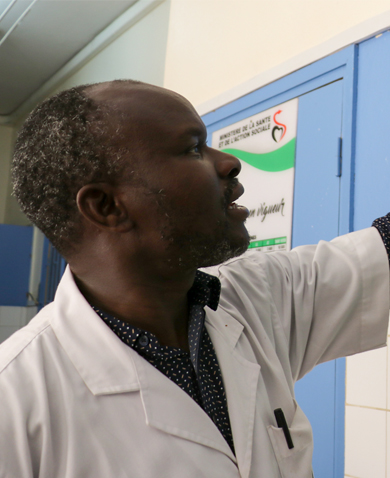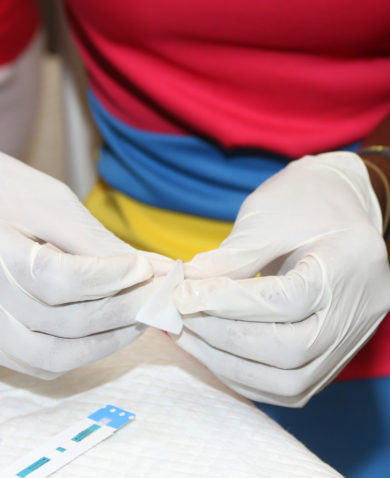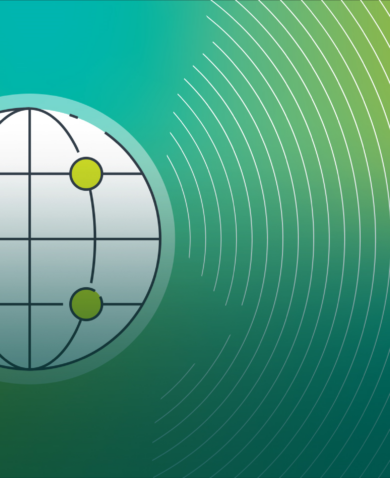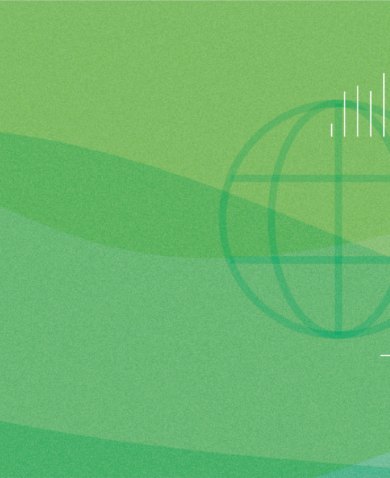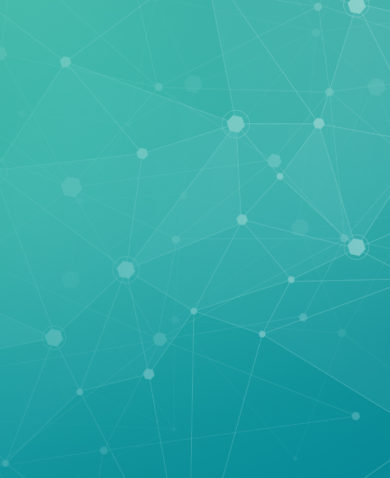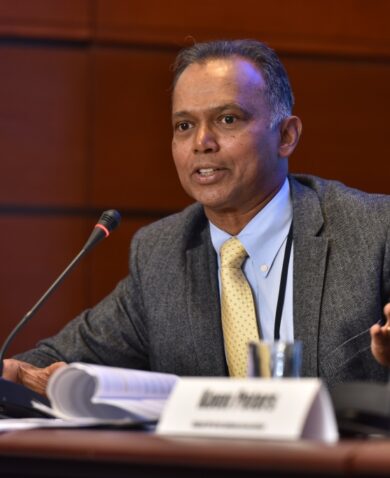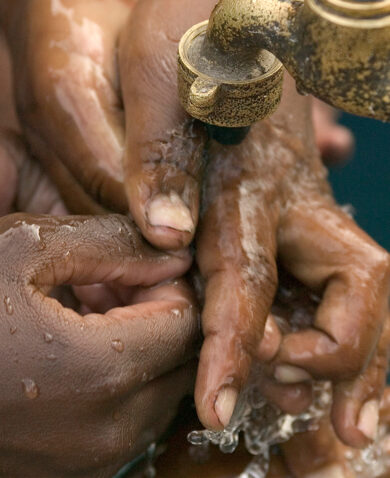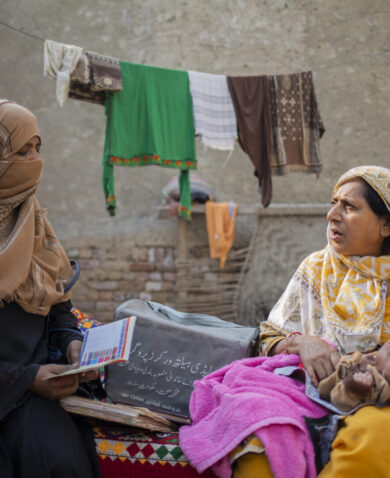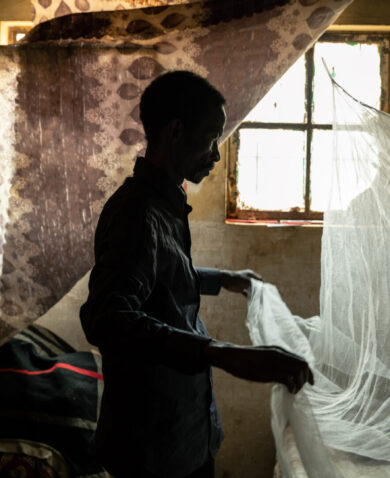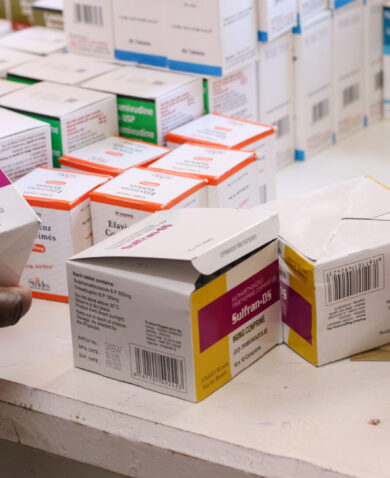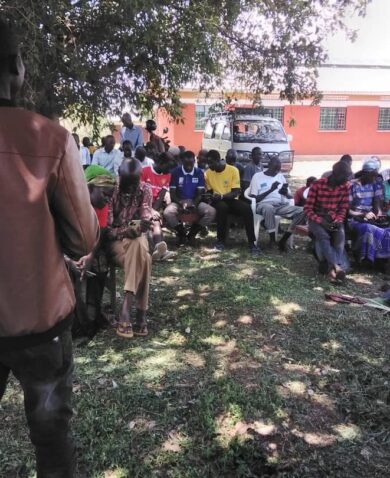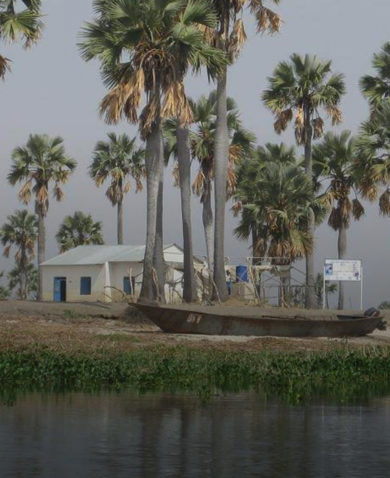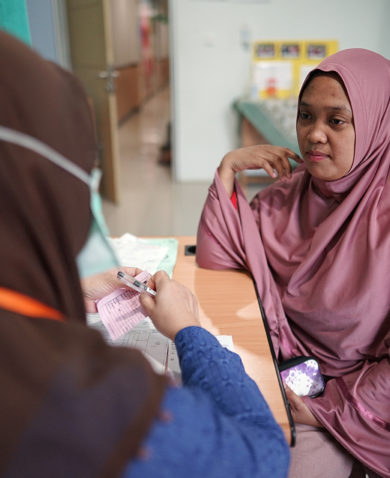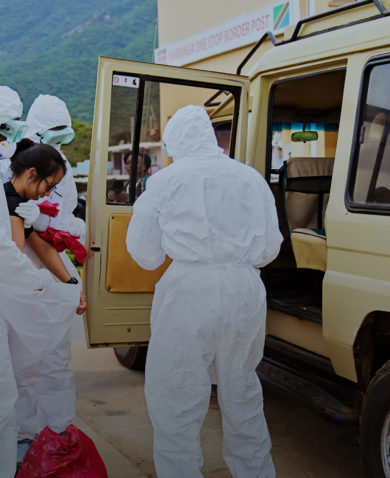
What Do Women Want? Clean Toilets in Healthcare Facilities
November 19, 2019 | 4 Minute ReadWe highlight the essential role of clean and working toilets in expanding access to water, sanitation and hygiene in healthcare facilities, ensuring dignified births and high-quality care for all mothers, babies, and families.
White Ribbon Alliance launched the global What Women Want campaign in 2018. The alliance asked 1.2 million women and girls from 114 countries, “What is your one request for quality reproductive and maternal healthcare services?” Their answers surprised many. Second only to respectful and dignified care, women asked for improved access to water, sanitation, and hygiene (WASH) — including clean toilets in healthcare facilities. To respond to this clarion call for clean and working toilets for improved health, WASH development implementers must listen more intentionally to women as key stakeholders, recognize health workers’ needs, and hold government and healthcare actors accountable for making change.
People count on healthcare facilities that have working toilets and clean water. It shouldn’t be too much to ask for in a place where people go to prevent or recover from illness. One might assume that all facilities are equipped with running water and functioning latrines. But in reality, one in four healthcare facilities lacks basic water services that help provide a respectful, dignified experience to patients —including 17 million women worldwide who give birth in healthcare facilities without adequate water, soap, and toilets, putting the lives of mothers and babies at risk of preventable infections. In addition, having access to proper sanitation could have prevented 40 percent of neonatal deaths. It’s no wonder that woman after woman in country after country simply asked for clean toilets and running water. “I went to a facility and there was no water for the midwife to wash her hands,” said Tariah Adams, senior communications and advocacy officer for White Ribbon Alliance Nigeria, where improved access to WASH was the number one ask across the 78,066 women who responded to the What Women Want survey in Nigeria.
Women are fed up with giving birth in dirty conditions and are demanding clean healthcare facilities with running water and working toilets in maternity wards. They want a clean bed without having to bring or wash their own sheets. These demands are not trivial. Often, they are a matter of life and death.
Why are clean toilets so essential to ensuring dignified care at every healthcare facility?
Without clean toilets, it is hard for healthcare facilities to maintain a hygienic environment. Recent analysis by the World Health Organization found that healthcare-associated infections known as hospital-acquired or nosocomial (HCAIs) are a major challenge facing healthcare facilities in countries with limited resources. At any given time, the prevalence of HCAIs varies between 5.7 percent and 19.1 percent in resource-limited countries. The cumulative incidence of surgical site infection in these places is 21 percent, based on clinical criteria, and 38.7 percent among patients who had undergone abdominal surgery with a mortality rate is 10.8 percent.
The leading causes behind these life-threatening infections in resource-limited settings are poor hand hygiene, lack of access to potable water, and unsterilized instruments, devices and environmental surfaces that can lead to infections. We have known for years that many of these deaths are preventable. So how can we make sure that clean toilets and handwashing stations in healthcare facilities become endemic in resource-limited settings?
- Listen to women. White Ribbon Alliance recognizes that when healthcare is driven by people’s demands, it leads to better healthcare. This is why for 20 years the alliance has brought women, families, and communities together, linking them with governments to identify challenges and co-create sustainable solutions. If the goal is for more women and girls to visit health centers and to prevent maternal deaths and achieve universal health coverage, then their agenda must become everyone’s agenda. If we are to realize better health outcomes, we must support a world where girls grow up understanding and directing their own sexual and reproductive health, which includes sanitary, welcoming healthcare facilities.
- Recognize that health workers need safe workplaces and match this to the clients’ needs. Health workers themselves can become advocates for clean toilets in healthcare facilities by building human resource capacity to address lack of WASH in the workplace, engaging health facility managers to raise visibility to this issue, and organizing community health groups to spread the word and get funding for proper sanitation. The USAID Human Resources for Health in 2030 (HRH2030) program in Mali works to improve quality in healthcare facilities. The program emphasizes that improved client satisfaction in areas such as WASH and toilet availability can also improve healthcare worker motivation and retention by acknowledging that health workers and patients are stakeholders and that they equally need access to clean toilets.
- Hold government and healthcare actors accountable using a systems thinking approach that improves the availability of toilets and WASH in healthcare facilities. In Nigeria, women who took the survey repeatedly asked Tariah Adams what was next in the What Women Want campaign. She promised them that “we will find a way to not just listen, but we will find a way to make sure that the world acts.” White Ribbon Alliance uses a variety of techniques to foster citizen-led accountability, including citizen hearings and community dialogues meant to identify challenges and solutions while bringing people together with their governments for long-term change. These techniques have proven successful. In Nigeria, the alliance organized community leaders and offered a forum for them to voice their concerns about lack of qualified midwives. Their collective demands received the warranted attention, and thanks to White Ribbon Alliance, the government hired 100 midwives across all the state primary health care centers and is working on training them.
Change is possible when stakeholders listen to demands and improve work conditions and services and when communities join forces to hold stakeholders accountable. Toilets have been around for hundreds of years yet they only exist in three out of four health facilities. It is our responsibility as practitioners to provide dignified care for girls and women seeking high-quality reproductive and maternal healthcare services that include clean toilets. Let’s listen to their plea and make sure that all health facilities have clean toilets.
Posts on the blog represent the views of the authors and do not necessarily represent the views of Chemonics.
Photo by White Ribbon Alliance.

